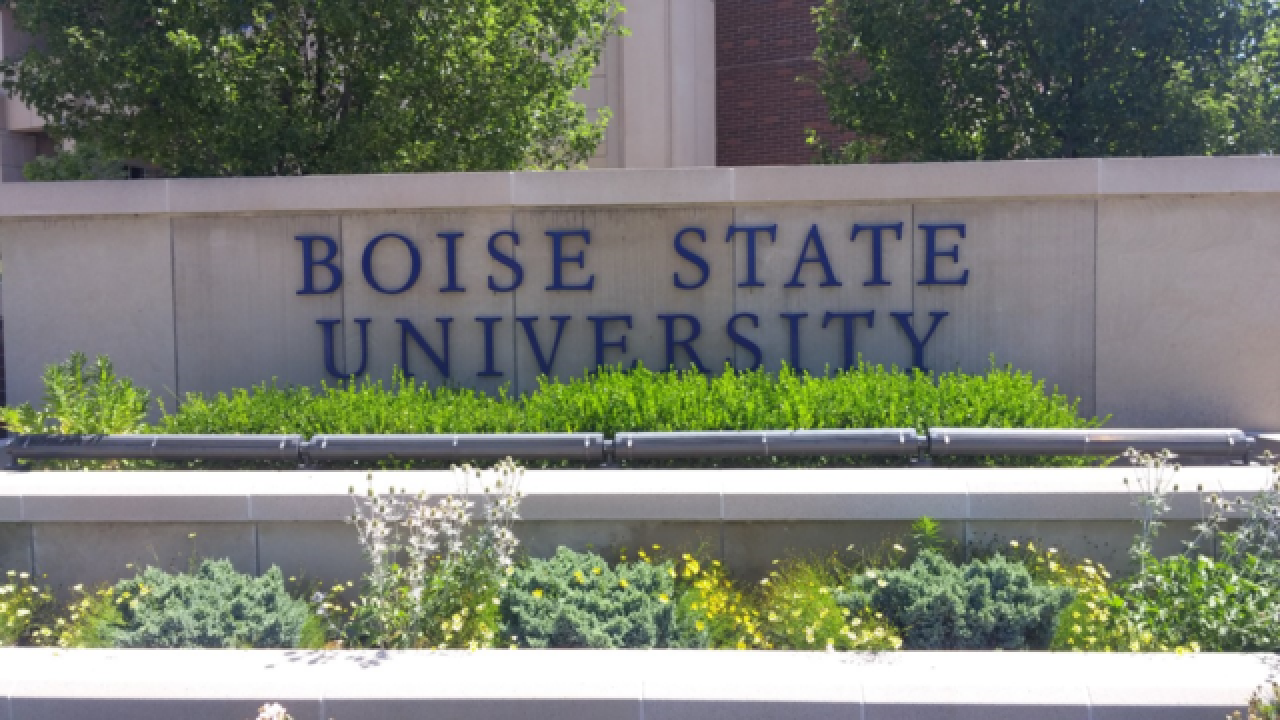BOISE, Idaho — Boise State's fall semester started last week and Boise State University President Dr. Marlene Tromp says the number of infections in the campus community is on track to beat last year's numbers.
Tromp sent an email to students about COVID-19 in the campus community Tuesday addressing the possible consequences of a surge on campus. Students testing positive for the coronavirus are also reporting more severe symptoms, according to the email.
"If campus infection rates continue to increase, we likely will face temporary, rolling closures, which may mean shifting face-to-face classes online or to hybrid mode, suspending or cutting back some campus-based services, delaying or canceling large gatherings, performances and athletic events, and temporarily returning to remote work," wrote Tromp.
Boise State is requiring face coverings to be worn indoors and in some crowded outdoor spaces. The masks are required for everyone, regardless of vaccination status.
Related: Several Idaho universities requiring face masks indoors, regardless of vaccinations
The university has a COVID-19 testing center and vaccination clinic on campus. In the letter, Tromp encouraged those on campus to wear masks and get tested if you have symptoms of COVID-19 or think they have been exposed.
"Vice presidents and student leaders are in the process of assessing what additional steps each division, unit or group can take to mitigate the risk of COVID spread; these changes will be communicated by divisional, unit or student leadership. We want to acknowledge and thank student leaders who have independently made the decision to move many of their fall welcome events online in an effort to mitigate the spread of COVID," wrote Tromp in the email.
Since August 13, 2021, there have been 75 total campus cases. During the week of August 20-26, there were 56 new cases on campus and 13 out of 88 isolation beds were occupied.



